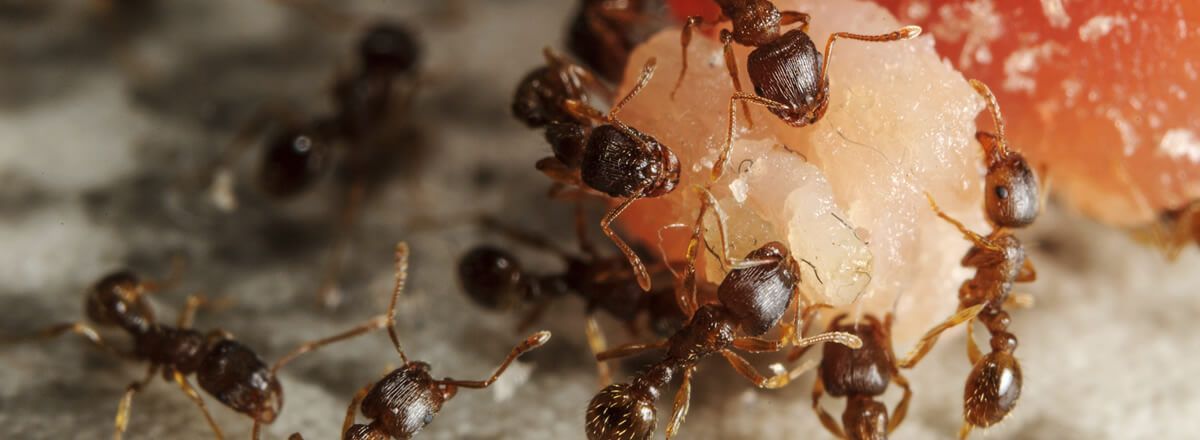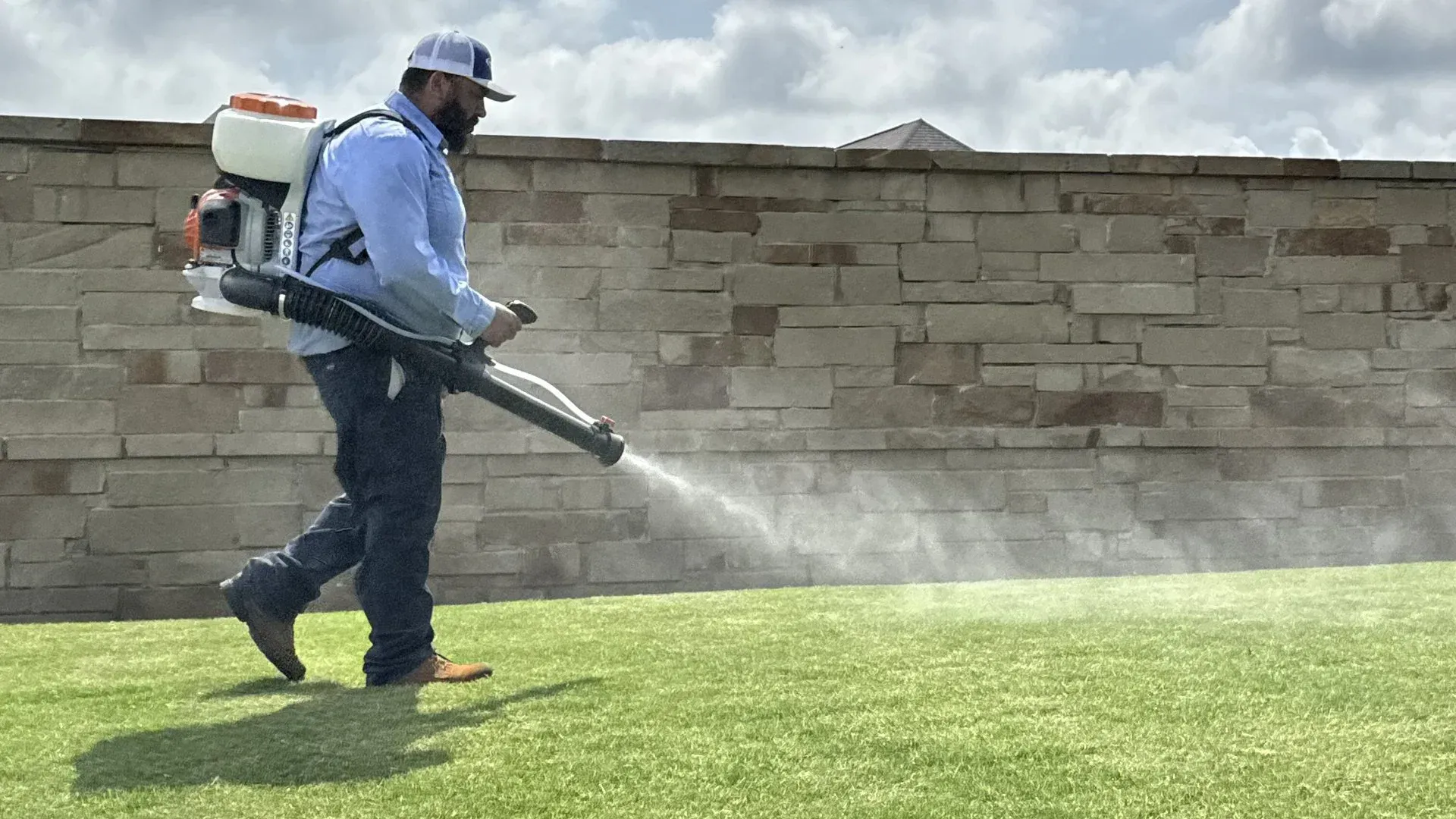Oak Wilt - Explained
If you have oak trees, and want to keep them....read on

The symptoms of oak wilt are red and white oaks that appear drought stressed. Often they have curled leaves that are part green and part brown and dried out, with a distinct line between the two. Die back starting at the top of tree (red oaks) or large areas of die back in canopy (white oaks) are common symptoms.
Oak wilt is a devastating fungal disease caused by Bretziella fagacearum. Infecting the vascular system of oak trees, ultimately leading to their demise. NorthWest Indiana has seen incidences severely increase in recent years. Fortunetly arborists at The Green Advantage have been tracking and studying this disease for over a decade.
Although, there are a large variety of oak subspecies, for our area, it is helpful to split them into two larger categories: white oaks and red oaks. The reason for this division is how the disease progresses differently in each.
Red oak, which include black oak, northern red oak, cherry bark oak, pin oak just to name a few. The white oak group includes: burr oak, swamp oak, white oak as well as many others. Some identifying factors are the leaves and the bark. Generally, red oak leaves have pointed lobes while white oaks are rounded. The bark of red oaks tends to be smoother with very little lateral ridges. In the shallow ridges of red oaks there is often a reddish hue (hence the name). White oaks on the other hand have lighter colored bark, sometimes appearing white (where they get their name). White oak bark has deep ridges, with many lateral ridges. There are other identifying features, but these tend to be the most universal.
The reason identifying between red and white is important is that oak wilt effects each type a bit differently. Red oaks meet their demise far more rapidly than white oaks. It is not uncommon to hear about a red oak that was looking as healthy as ever a month ago, and now is completely dead. White oaks on the other hand, can survive months sometimes years after infection. While infected, white oaks tend to lose large sections of canopy before eventually failing completely. Regardless of whether the trees are red oaks or white oaks, prevention is the best antidote.
The oak wilt disease cycle starts with the nitidulid beetle, also known as sap beetles. Sap beetles are attracted to wounded areas of trees, and especially attracted to wounded areas of oak trees that contain the reproductive fungal mat. These fungal mats contain spores and are most often found on red oaks (this is thought to be one of the reasons red oaks decline so rapidly). The beetle picks up fungal spores as it feeds and then moves onto other trees spreading the spores as it goes. Once a tree is infected, the fungi is spread to nearby trees through root grafts. Trees of the same species in nearby proximity will fuse in the root system. The nitidulid beetles return feeding on these infected trees, and the cycle starts again.
The best treatment for oak wilt is proactive, treating before infection. The only known effective treatment is a macro-injection of fungicide. These treatments last for 2-3 years, at which time treatment must be repeated. When there are symptomatic oaks, attention is typically directed towards asymptomatic oaks in the vicinity, as they are extremely high risk. Treatment is extremely successful when the correct products and methods are used.
If you have any questions don’t hesitate to contact us. Our technicians and arborists are the most licensed, experienced, and knowledgeable in the industry.
We are local, We support our Community, and We are here for YOU!!!










